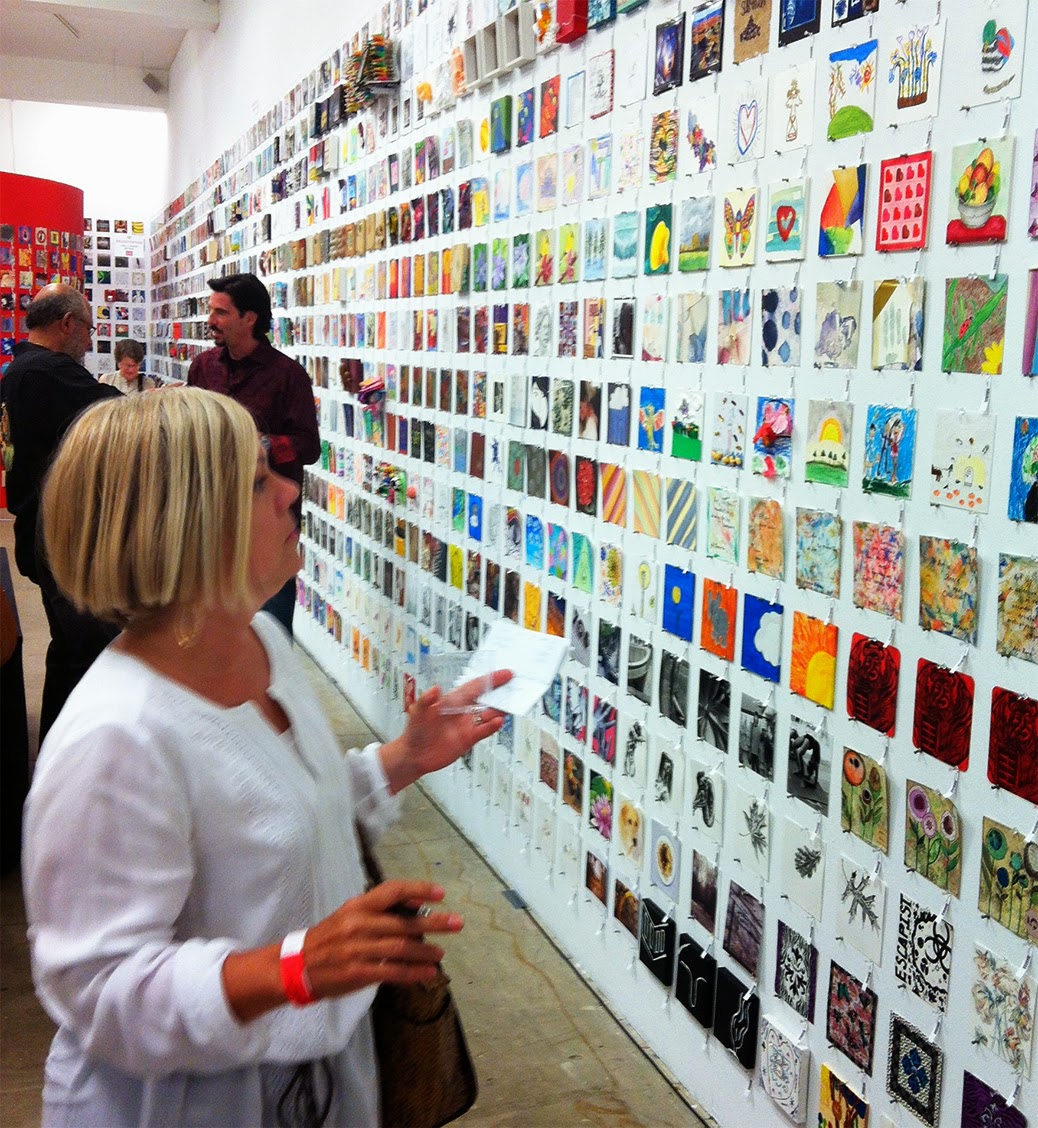Painting by Louis Agassiz Fuertes
We started off in the morning on the way to Sapsucker Woods - that's in Ithaca at Cornell University with the Laboratory of Ornithology. My in-laws had collected the artwork of Louis Agassiz Fuertes
(1874 -1927 ) in the middle of the 20th century and I wanted to show them his paintings that hang in the Auditorium of the Lab. In the Auditorium ( which doubles as a gallery space ) we also saw the watercolors of Anita Schmidt-Kyanka. These were small descriptive paintings for her new children's book titled "Sapsucker Blues" in honor of a family of nesting Great Blue Herons that roost on the Lab's property.
The Lab is a repository of art and information about birds, and school groups flock ( pardon me ) to the roomy observation deck and the trails that reveal so much of the local nature of the Finger Lakes region. Louis Agassiz Fuertes was an artist who worked for The National Geographic and Cornell University starting in 1923, and Cornell has the largest collection of his paintings and sketches.
Wonderful Japanese Garden outside of the Herbert F. Johnson Museum of Art
On the Cornell University campus stands a wonderful building by architect I. M. Pei, and that is the Herbert F. Johnson Museum of Art. I watched this being built when I was a graduate student at Cornell, and my studio window looked out on the construction as it went on. They have recently added gallery space to the museum, as well as the Japanese Garden seen above.
Roy Lichtenstein, screen print from 1973
Although the museum was in the midst of a major installation there were a few floors open and I did see an interesting show called "Enticing the Eye / Exploring the Frame" which consists of prints and photos including some icons of 20th century art like the Lichtenstein above.
Lucas Cranach ( 1472-1553 )
On another floor I found one of my favorite classical painters, Lucas Cranach, represented by a painting of Judith ( holding a sword ) with the head of Holofernes - which was pretty strong stuff for the mid 16th century when it was painted. Doing some research on this painting I found a number of versions of it attributed to Cranach and his workshop - each time the face of Judith was quite different - and not all the versions were as good as the one in the Johnson Museum.
Downtown Ithaca has a few gallery spaces including The Ink Shop which specializes in prints and printmaking workshops. There I found a large print of ferns by Greg Page and colorful works by Kumi Korf and Pamela Drix among others. Pamela Drix's print featured relief printing and was a portrayal of orchids set against blocks of color.
Pamela Drix at The Ink Shop
On the Ithaca Commons is the Artspace with a show by artists who have had a residency at The Saltonstall Foundation's art colony. Artists can apply to spend some time in the country with studio spaces and time to think and develop new work. My friend Jim Mott has been a resident twice, and made some studies there including the art below titled "Tall Ithaca" in his usual medium of oil on board.
Jim Mott with "Tall Ithaca"
at Artspace

















